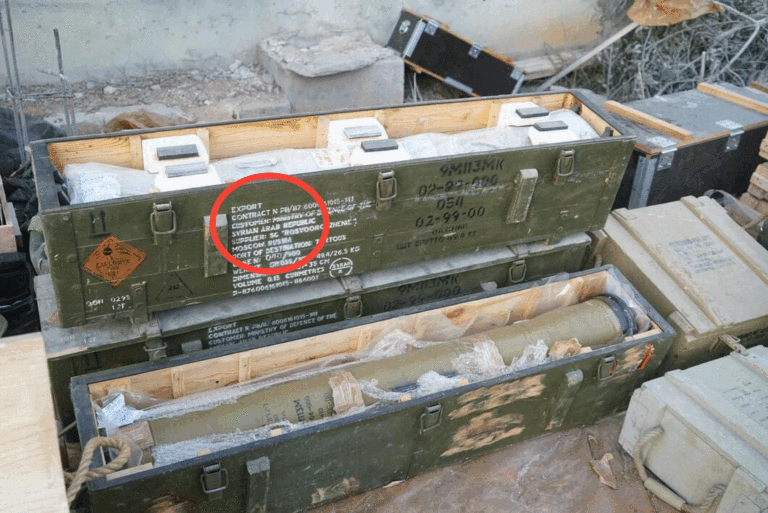 Search teams have found a part of the crucial “data recorders” of the Air France flight which crashed into the Atlantic Ocean in 2009, says France’s Bureau of Investigation and Analysis (BEA).
Search teams have found a part of the crucial “data recorders” of the Air France flight which crashed into the Atlantic Ocean in 2009, says France’s Bureau of Investigation and Analysis (BEA).
The orange-colored recorder ‘chassis’ was found on Wednesday during the second day of an operation which also hopes to retrieve bodies from the wreckage site.
All 228 people aboard the Airbus A330 Flight 447 from Rio de Janeiro to Paris were killed.
The find – which comes more than three weeks after search teams found the tail section of the aircraft — does not include the “memory unit” which holds the recorded data that could eventually help investigators determine the cause of the crash.
Martine Del Bono, a spokeswoman for the Paris-based BEA says there is a good chance the memory unit, which records any instructions sent to the aircraft’s electronic systems, will still hold retrievable data.
Del Bono said: “Our priority is to recover the flight recorder and then we will start to recover bodies. The images are in color the (flight recorders) are orange, it is not black and white, so we are hopeful we can find them. We believe they (flight recorders) are still on the accident site, but it takes times to analyze the photos. We need to be optimistic and confident.”
Phil Seymour, chief operating officer of the International Bureau of Aviation, a British aviation consultancy, said: “I remain skeptical about how useful this device (memory unit) will be. If you were to throw a computer into the ocean imagine how all the parts would eventually split and you have the corrosive effects of seawater and the depths involved.
“It may be that the more wreckage they find will help them to piece it all together which bit by bit could help them build a picture of what caused the plane to come down.”
The Airbus A330’s pilots lost contact with air traffic controllers while flying across an area of the Atlantic Ocean known for constant bands of severe turbulence, officials said.
But exactly what caused the plane to plunge into the sea has remained a mystery, with only small portions of the wreckage and a small number of bodies found in the remote area where it went down.
Del Bono said Thursday that weather conditions for the recovery were good and that the operation would continue on a 24-hour basis.
Steve Saint Amour, director of commercial operations, Phoenix International, offered the BEA use of a remote-controlled submarine known as the Remora 6000.
Each round trip for the Remora takes some 14 to 16 hours says Del Bono, taking over two hours to descend to the wreck site, estimated to lie at a depth of between 6,562 to 13,124 feet.
When asked about the likelihood of finding the crucial part of AF447’s data recorders, Amour declined to comment directly but did say “Our past performance has been 100% success.”
(Source: CNN)










